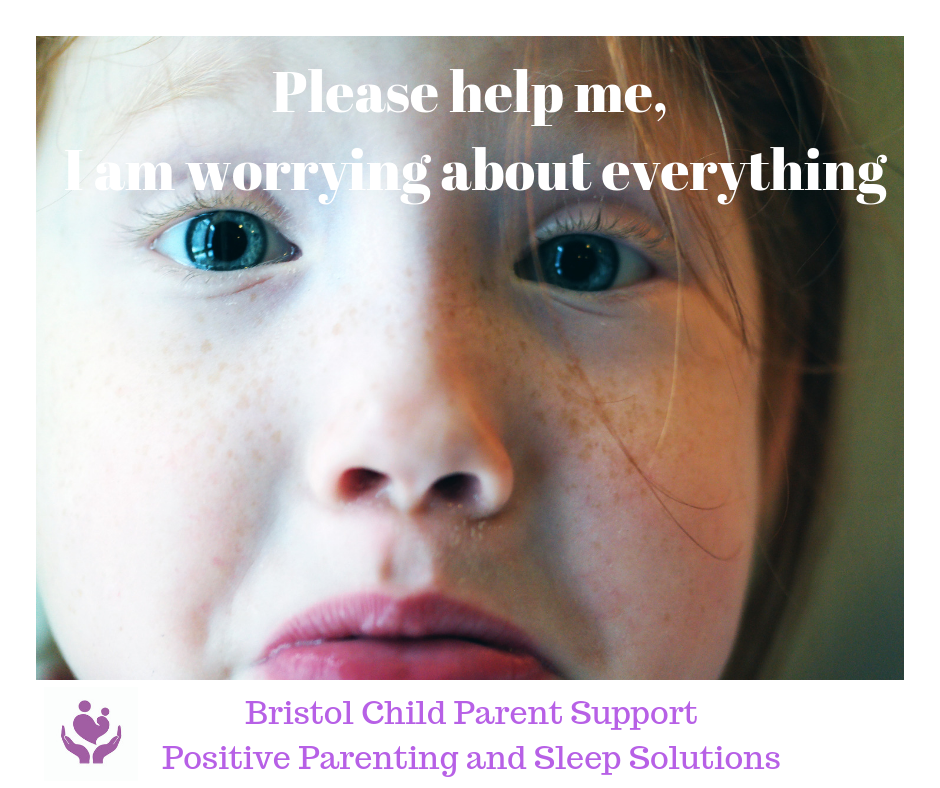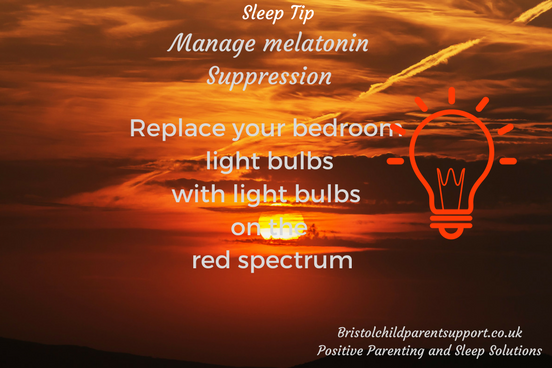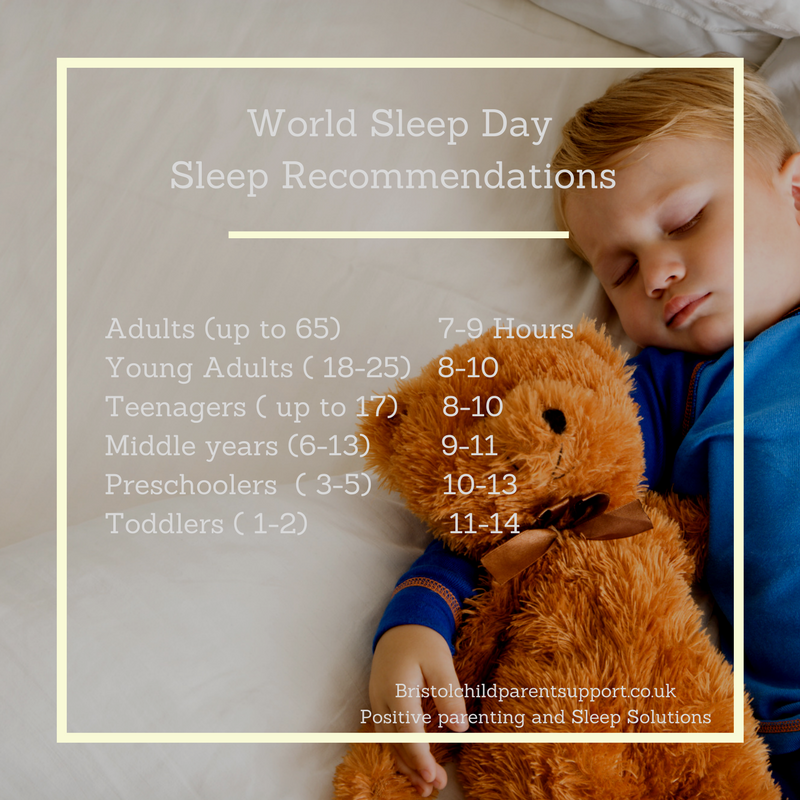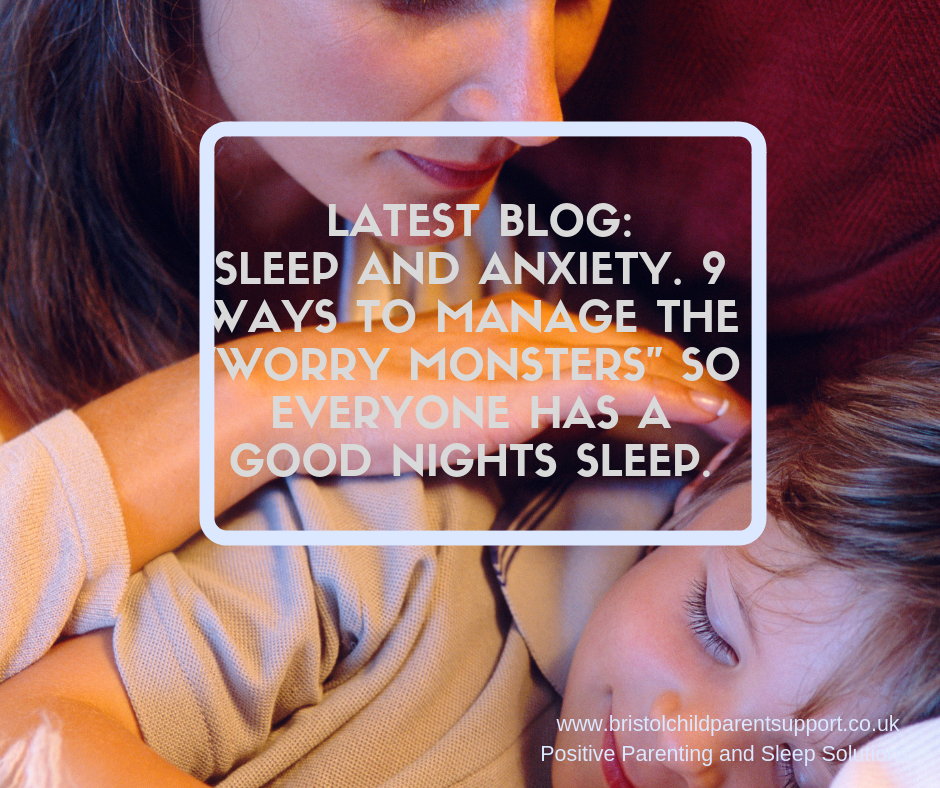Are
More than half (56%) of children and young people worry about at least one thing to do with their school life, home life, or themselves. People getting less sleep are less able to cope with worries, saying they often don’t know what to do when they’re worried (22% vs 18%). They cannot stop once they start worrying (36% vs 28%).
What are Common Problems at nighttime
1. Nighttime fears
Fears and worries are widespread at night. It is usual for children to feel scared of monsters, ghosts, the dark, noises, and intruders. Before the age of six, children struggle to distinguish between fact and fantasy. These fears are genuine to them. Ensure you talk to them and prove there is no monster in the wardrobe. For more on >>Nighttime fears<<
2. Separation Anxiety
Sleep is an extraordinary phenomenon. In western society, children sleep in isolation. This means they are away from us for a long time. Sometimes it is not only our children who can be anxious, but also you. You may fear something may happen to your child during sleep. Reflect on how bedtimes and separations were negotiated in your childhood. Was there a death or accident in the family? Is this affecting the way you let go at night? Click here for more on>> Separation Anxiety<<
3. Not being able to go into to sleep state
Many children start to worry before bedtime, and often feel they will not be able to “let go” into sleep. They fear they will have no rest at all. Additionally, there are fears of waking up at night and not returning to sleep. Your child may struggle to self-soothe (this is your child’s capacity to calm themselves). Don’t forget that they are developing this capacity, leading to you rocking, stroking, or sitting with them. For more on self-soothing, click here. > >Helping your child Self Soothe<<
4. Busy lives and limited Parental presence
We all lead hectic lives. Isn’t it hard to find that close and connected time just for you and them? Children will seek attention at any time during the night. Ensure you give them that particular time during the day, even 10 minutes. This will enable
5. Your child is suffering from daytime anxiety
Gwen Dewar from Parenting Science notes that:
“Children who suffer from daytime anxieties—about the school, separation from parents, or other concerns—are more likely to fear the dark and sleeping alone (Gregory and Eley 2005). If you help your child with daytime worries, their sleep is expected to improve. Attend my workshop to help you manage your child’s concerns>> Stop the Worry Cycle>>

9 Ways to help everyone to have a good night’s sleep
1. Try to refrain from “crying it out.”
Children need help managing their fears. I’ve written a lot about a child’s developing brain and how they learn self-control and self-regulation. If your child is worried, leaving them alone with “the worry” will escalate the feelings of being unsafe.
2. Teach your child to relax and calm
There are many ways to help your child calm down. All children, whatever their age, will benefit from a massage. Massage activates our calm chemical Oxytocin. Make massage this part of your bedtime routine. Sing a lullaby, record one in your voice, and leave it to play for toddlers. Help your children learn how to breathe by blowing bubbles. For older children, mindfulness and relaxation will help.

3. Talk to them that it is normal to be scared of the dark, ghosts, etc.
Children often feel that they are the only ones feeling scared. Normalise it, talk to them about how common it is for children to feel like this and prove there is no monster in the closet.
4. Teach self-talk: Help them manage ” the worry monster.”
Please help them name it the worry monster being boss, and then help them think of images that make them feel in control, safe and calm. You can do this using my safe place exercise or create one yourself.
5. Have a consistent bedtime routine
It does not need more than 35 minutes, bath, teeth, story, or hugs. Generally, children who are worried start to stall before bedtime. Sometimes this occurs the minute you go upstairs, or children can start to experience anticipation anxiety an hour before bedtime. Be patient and go gently. Seek help if you need a therapist to enable this process.
6. Model calmness
Children do pick up on our fears, so try to keep calm. If your child tells you they are scared. You could respond by saying that many children are afraid at night but know they are safe. Please give them a lovely, soft toy or something of yours to cuddle in the night.
7. Give them a nightlight
Find a light on a dimmer so you can gently turn it down. Remember, light soft Amber/red tones are better than lights with a blue hue, keeping him awake.

8. Tend to have Nightmares quickly
If your child is suffering from nightmares, respond, and reassure quickly. Please don’t leave them alone to work it out for themselves. For more on how to manage nightmares, here>> nightmares and night terrors<<
9. Adjust their sleep routine
Are they getting enough sleep? Check below. However, if your child struggles to go into the sleep state initially, you may have to put bedtime back. It’s awful to be awake for an hour ” worrying.”

I hope this helps. If you need help with your child’s anxiety, contact me for a consultation or attend my Parent workshop on understanding and managing anxiety.



